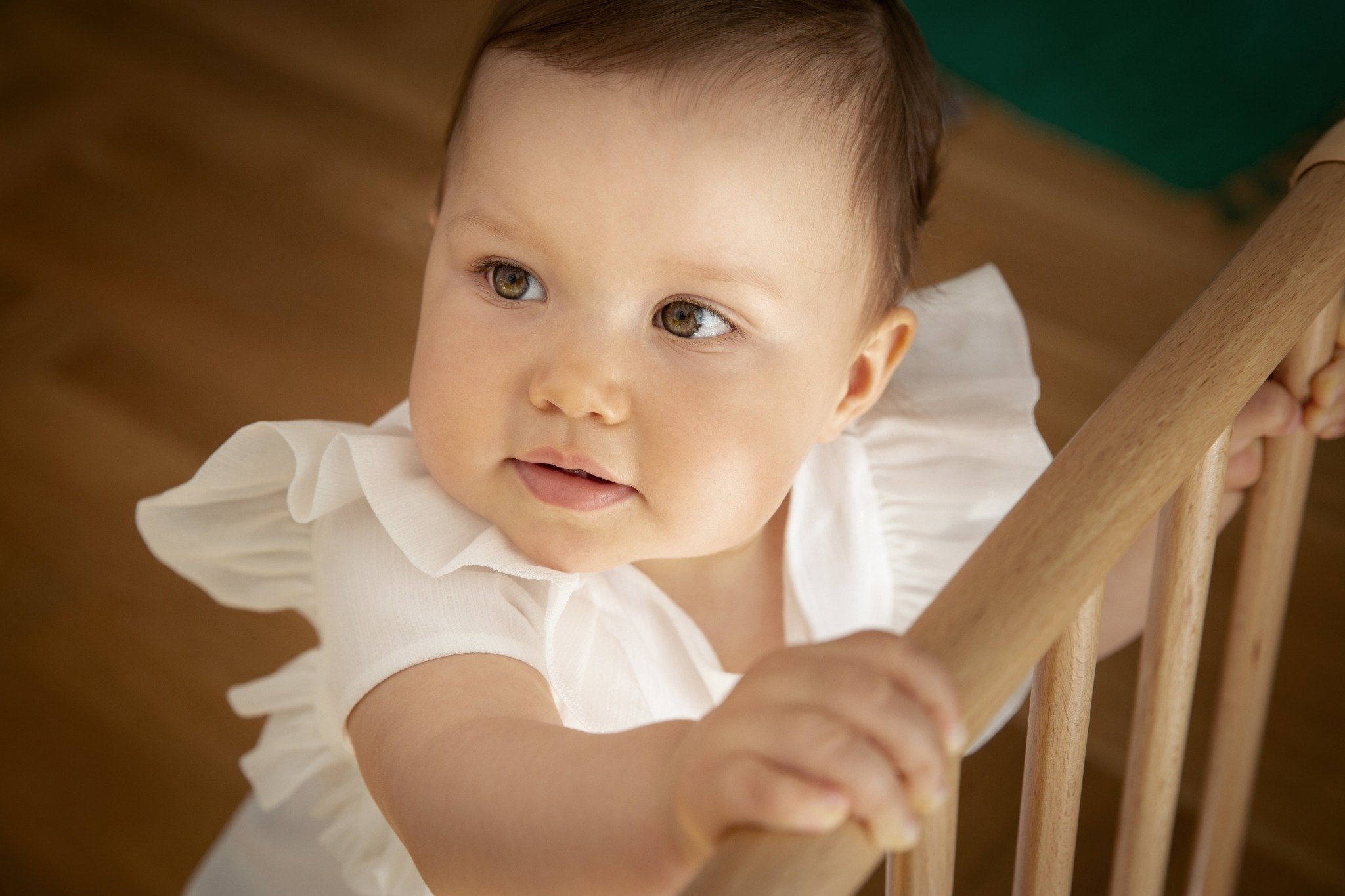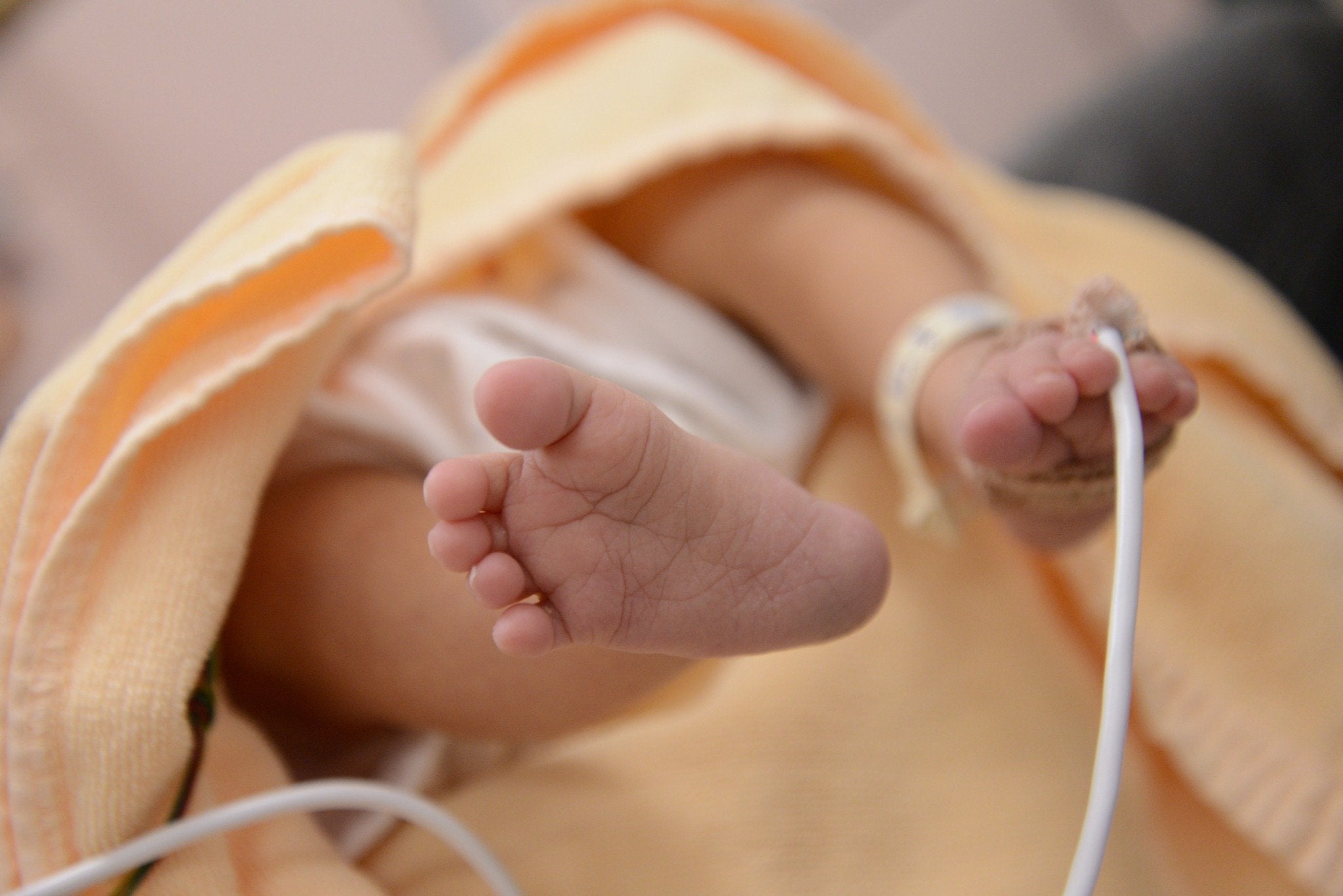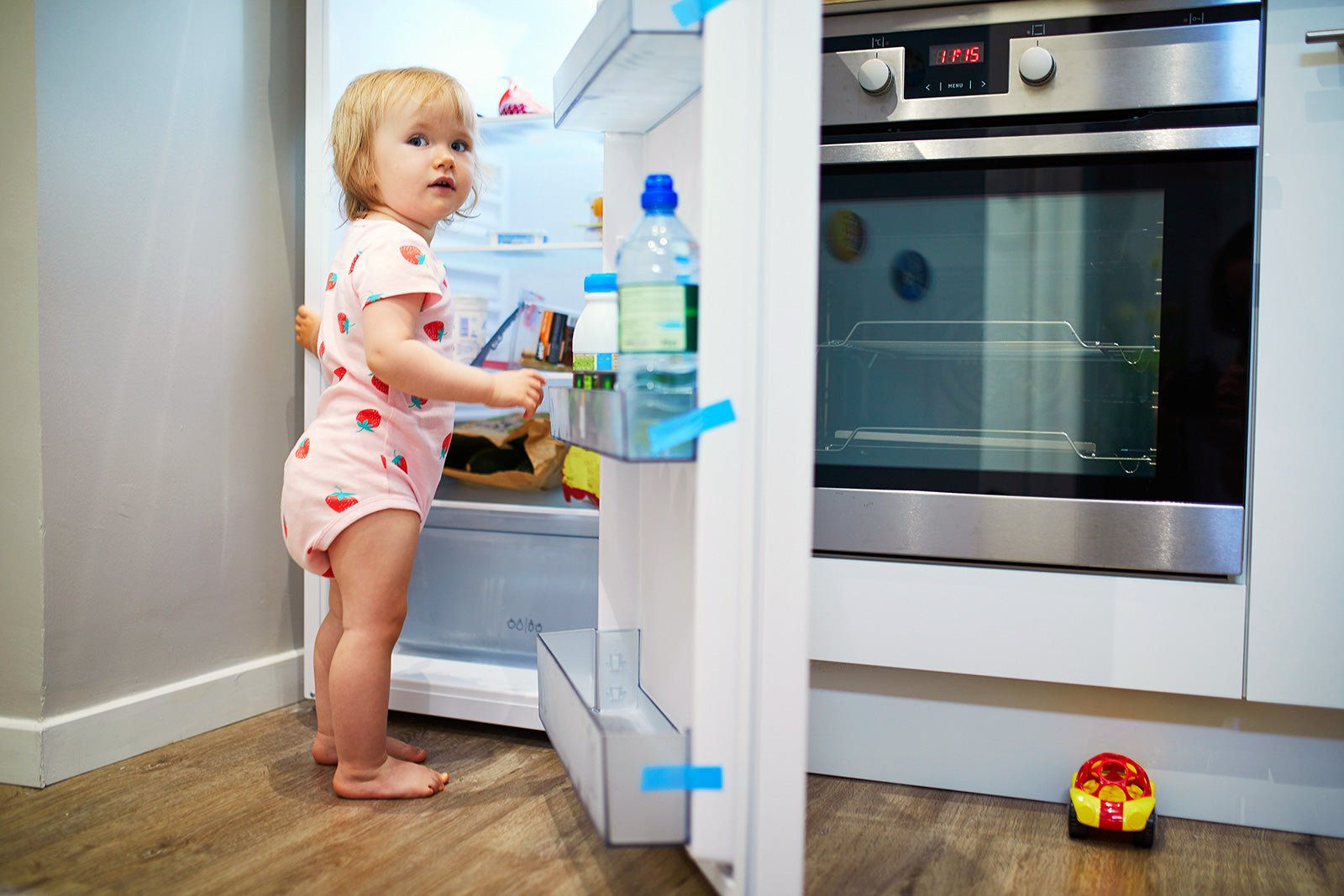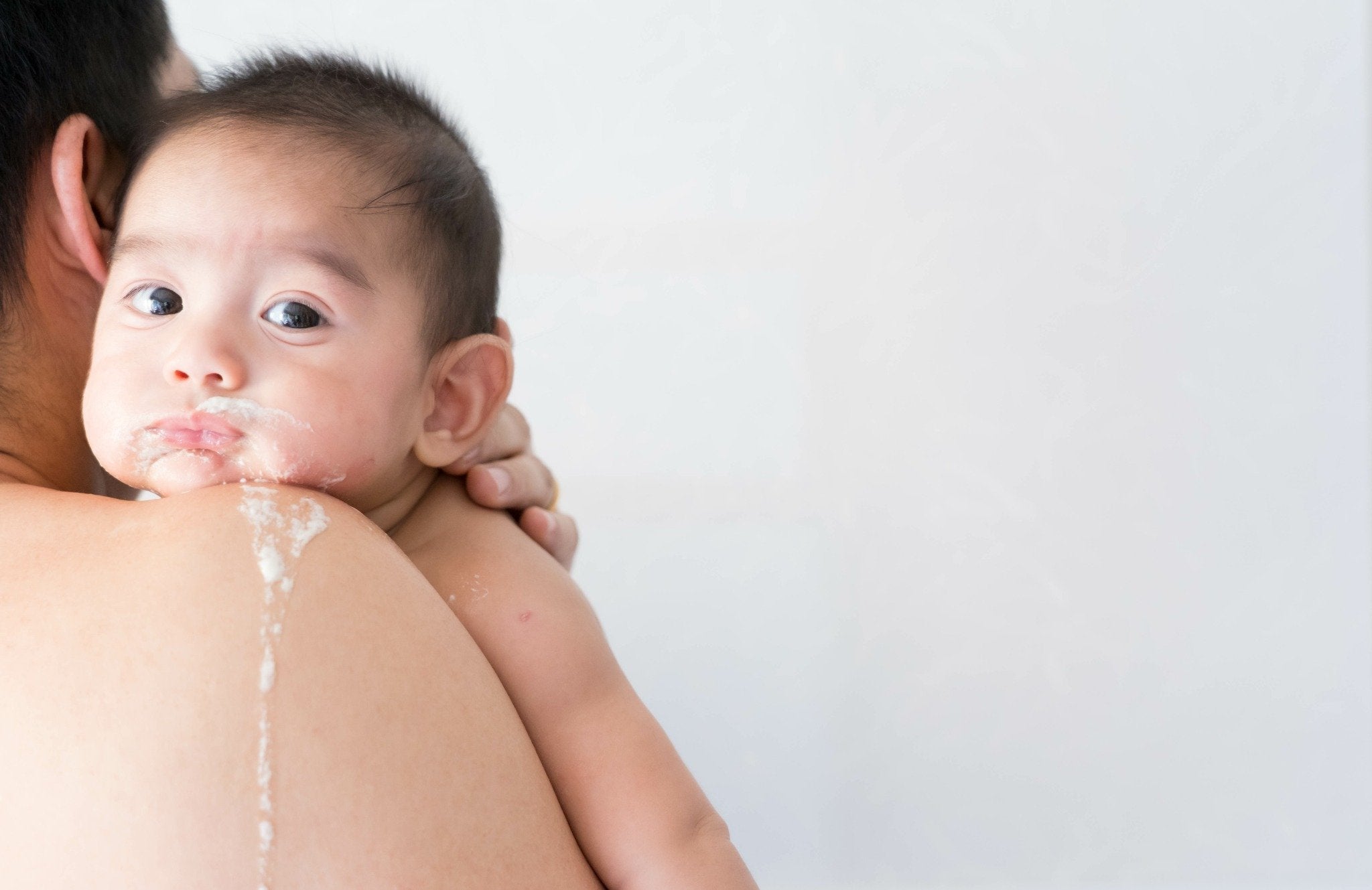7 Baby Safety Tips Every Caregiver Should Know

At the bökee, safety is our top priority, which is why our products are eco-friendly and 100% food-grade silicone. We designed our products with busy parents in mind and are honored to help bring some ease to families around the world.
Baby Safety Tips Bring Peace of Mind
I remember bringing my first baby home from the hospital and wondering, “Why do these nurses think I’m ready for this?” My daughter looked far too tiny and fragile for this novice mom. But, home we went.
And the reality is that most baby safety tips are common sense, so you’re likely going to do “the right thing” by instinct.
But as with anything, the more knowledge you have, the less anxious you will feel about caring for your child. With that in mind, here are seven baby safety tips for parents and caregivers to know.
1. Be Vigilant About Handwashing

The first step in keeping your baby and your household safe is to follow good hand washing routines. This step has always been important, but it is even more crucial as we continue to navigate the pandemic.
In the hospital and at home, you have the right to insist that anyone who comes in must wash their hands. And along those lines, no one with any cold or flu symptoms should be around the baby.
While this seems logical and reasonable, it’s surprising how often parents have to remind people to follow this safety protocol. Setting boundaries with relatives and friends can be challenging in the first weeks with a newborn, but it’s your right to do so.
2. Take Care with Breast Milk and Formula
If you are exclusively breastfeeding your child, there aren’t many safety concerns. Burping them after feedings is just about it. It’s also good to talk with your doctor about alcohol, drug, or medication use while breastfeeding.

If you plan to enjoy any adult beverages, the CDC reminds parents that abstaining from alcohol is the safest option. The alcohol content in a mother’s breast milk is the same as the levels in her bloodstream. Pumping and discarding the milk does not lower the milk’s alcohol content.
Research has not shown adverse effects for the baby if the mother has no more than one drink per day. The CDC suggests waiting two hours after drinking before breastfeeding.
For bottle feeding, be sure to store and prepare the formula or breast milk correctly. The American Academy of Pediatrics has issued new guidelines regarding breast milk. Previously, they recommended that parents not mix warm and cold breast milk when pumping. Now, however, they encourage it to even out the nutritional variability that occurs at different times.
If you are using formula, consider using liquid options for your baby until they are at least three months old. Powdered versions are not sterile and may contain harmful bacteria. Preemies and babies with weakened immune systems are particularly at risk.

When you must use powdered formula, the CDC suggests the following precautions:
- Wash your hands and the bottles before preparation.
- Use boiled water that has cooled to no less than 158° F/70° C.
- Cool the bottle under cold running water to a safe temperature for your baby.
- Use the prepared formula within two hours and discard any unused portion.
- If you’re not ready to use it, store it in the refrigerator for up to 24 hours.
One of the biggest safety tips is to be cautious when warming your child’s bottle. Do not use the microwave to heat up milk or formula. Instead, run the bottle under warm water or place it in a bowl of warm water.
In fact, many of our customers use the bökee to do just that! Add warm water to your bökee, suction it to the sink or counter, and let the bottle warm up in there.
If your baby has reflux, they are not necessarily at a greater safety risk when eating. But there are some ways you can help them feel better when feeding. And you can consider placing a sleeping wedge in your child’s crib to help with reflux as well.
3. Watch for Choking Hazards

For about the first year of your child’s life, they can get the nutrients they need from breast milk or formula. However, around six months old is when many parents choose to introduce solid foods. Popularized by Dr. Gill Rapley’s book, baby-led weaning is a widely-used way to start this process.
Adding solids to your baby’s diet can be a fun experience as they explore new foods, and it’s a great way to start establishing lifelong healthy habits. But it also introduces new safety concerns.
Follow these tips to keep your child safe when they start solid food:
- Stay near your baby when they are eating.
- Always use safety straps when your child is in a highchair.
- Offer soft foods in small bites.
- Avoid raw veggies such as carrots for infants.
Consider taking an infant and child CPR/First Aid course, as well. Having some hands-on practice and training will give you new insights into keeping your baby safe.
4. Use Car Seats Properly
Always, without fail, place your child in an approved car seat when driving them anywhere. Follow the manufacturer’s recommendations for weight and consider having the seat professionally installed.

Your baby should always be in the back seat of the vehicle, not the front. And never leave your child in the car unattended. The risk is not worth it.
Pro Tip: If you have arthritis or limited hand strength, consider the ingenious tool, UnbuckleMe®. This amazing tool makes it easier for parents, grandparents, and other caregivers to unbuckle the car seat.
5. Have a Safe Bath Routine
Burns are one of the most significant risks when bathing your child. Always test the water before placing your baby in the tub. Dunking your elbow into the water is a good way to gauge if the temperature is right, or you can use a bath thermometer. It’s also a good idea to turn the water heater’s temperature down to 120 degrees as an extra precaution.
Be sure to stay with your child at all times during their bath. It only takes a few seconds and a few inches of water for a child to drown. Using a bath ring or other device to help support your baby is a great idea, but it does not make it safe to walk away from them.
6. Have Consistent Safe Sleep Practices

Although sleep is what your baby will do for much of their first months of life, it’s also a time that carries some risk.
The American Academy of Pediatrics offers the following recommendations for sleep safety:
- Put your baby on their back for every sleep, including naps, until age one.
- Place your baby on a firm surface for sleeping.
- Remove bumpers, toys, heavy blankets, and anything else that could suffocate or strangle your child.
- Allow your baby to use a pacifier when sleeping. This habit reduces the risk of SIDS.
- Keep your child away from cigarette smokers and smoke to protect them against SIDS.
- Keep all cords away from your child’s crib or bed.
- Do not share a bed with your baby for sleeping.
7. Babyproof Early
Before your child becomes mobile in any way, do a thorough babyproofing of your home. Some essential tasks to do include:
- Install appropriate baby gates at stairways. At the top of the stairs, anchor gates to the wall.
- Place safety latches on cupboards and drawers.
- Cover all electrical outlets.
- Move all chemicals and sharp objects up high, out of your child’s reach.
- Use cord covers on blinds to avoid the risk of strangulation.
- Lower their crib mattress to prevent falls.

It’s also essential to pay attention to your child’s toys. When you have a baby, you may suddenly find that people are offering you all of their hand-me-down toys. This windfall can be great for your wallet, but it may not be so safe for your child.
Be sure to inspect any toys you receive for small or broken parts that could be choking hazards. And antique toys are best left on a shelf to gaze at lovingly. If they are from an era before safety regulations were a thing, they likely have unsafe paint or varnishes on them.
Give Yourself Grace...and Help
Every parent has a close call or a scare at some point. We can’t possibly anticipate every single hazard for our children.
The baby safety tips in this article are a great starting point, but there is always more to learn. Give yourself grace when mishaps occur, and remember to ask for help when needed.
And if you’d like a little help from the bökee, we’re here for you! Our products make it easier to feed and soothe your little one safely.




